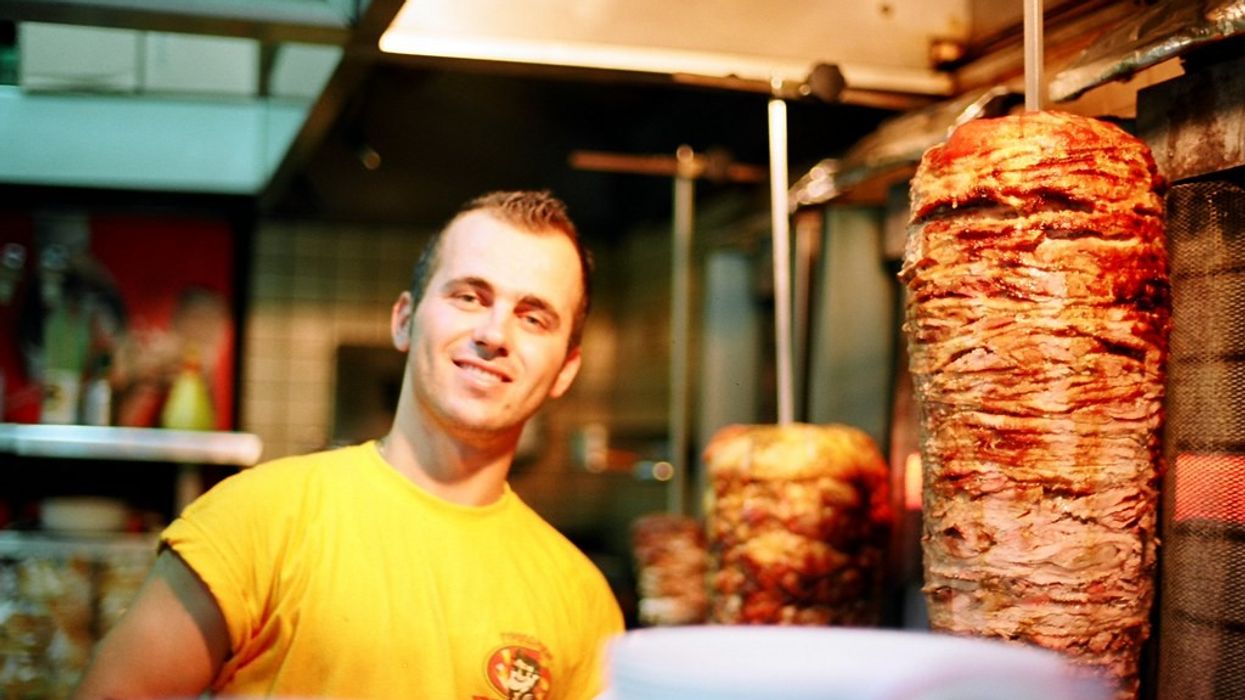The can-volution takes canning out of the factory and puts putting-up food back on the table.
Canned foods were born in the early 1800s when a confectioner named Nicholas Appert invented a method for preserving food in airtight containers for the French army. From there, canned foods went on to become a safe, reliable staple of the workingman's lunch and a source of pride for frugal homemakers. Canned food also became a symbol of modern industrialized society-as if the food itself were produced mechanically. Cans of green beans, Campbell's soup, or fruit medley represent the promise (easy-to-use, pre-cooked food all year-round!) and the perils (bland, salty, overcooked food all year-round!) of modern culture.
While having canned beans available year-round-and, indeed, the can itself-is the result of a huge industrial effort (as James Parker recently wrote in a spirited defense of canned foods), a cottage industry of do-it-yourself community canners has cropped up again. Sales of canning supplies are reportedly up 30 percent this year, fed in part by an interest in local foods, awareness about contaminated processed foods, and a slumping economy. DIY home canning has also drawn inspiration from a generation of designers and tinkerers dedicated to customizing off-the-shelf products-computers, bicycles, food-that were once thought of as sterile, efficient exemplars of industrial product design.
Although producing canned food yourself may not be as cheap as buying the mass-produced version, it allows you to save your own seasonal foods, customize recipes, and enjoy your tomatoes with the knowledge that they weren't picked by an enslaved Immokalee worker.
One enthusiastic cheerleader of canning's new wave has been Kim O'Donnel, a Seattle writer who launched Canning Across America this summer. "I got inspired by Yes We Can in the Bay Area and I kept thinking about Hands Across America, where people would simultaneously hold events around this idea of putting up food," O'Donnel says. "I threw an idea out on Twitter. I have not seen anything like the response I got in a long time and it was because of twenty-first century technology. We're using social media to talk about a way of preserving food that dates back to Napoleonic era."
Back in 1810, Appert thought that driving the air out of containers prevented spoilage, although canning actually works by combining that sealing action with heat. The heat sterilizes the contents. But beware: it also tends to turn softer vegetables, like beans, to pulp.
Because modern home canning is a relatively easy process, it doesn't require any prerequisites in the kitchen. At its simplest, canning requires only glass jars, lids, and a lot of boiling water. Usually, the jars and the food are heated. Then, acid or sugar is added. The food is put in jars which are boiled in hot water. As they cool, they make a "pop" and seal shut. The most accessible recipes, even from the culinary innovators like David Chang of Momofuku, tend to be for similar fare: high-acid foods, like vinegary pickles, or tomatoes.
For the first timers, it's really important to follow a recipe. Putting Food By is a canner's best friend. Neophytes might also want to follow someone who's done it before. Which is part of the impetus behind community canning projects: learning from others. Yes, We Can's Anya Fernald said it best when she wrote, "Like everything that's hot, sticky, exhausting, and a little risky, [canning is] way more fun with friends."
As much as I enjoy canning pickled beets, whole tomatoes, or crabapple jelly myself, there's always something new to learn. "It's a way to get people together for two or three hours," O'Donnel says. "Not only sharing the work load, but catching up and getting to know each other. Those things have been highly underrated. Canning is one way back."
Top Photo by Peter Smith. Bottom Image courtesy of the Library of Congress.













